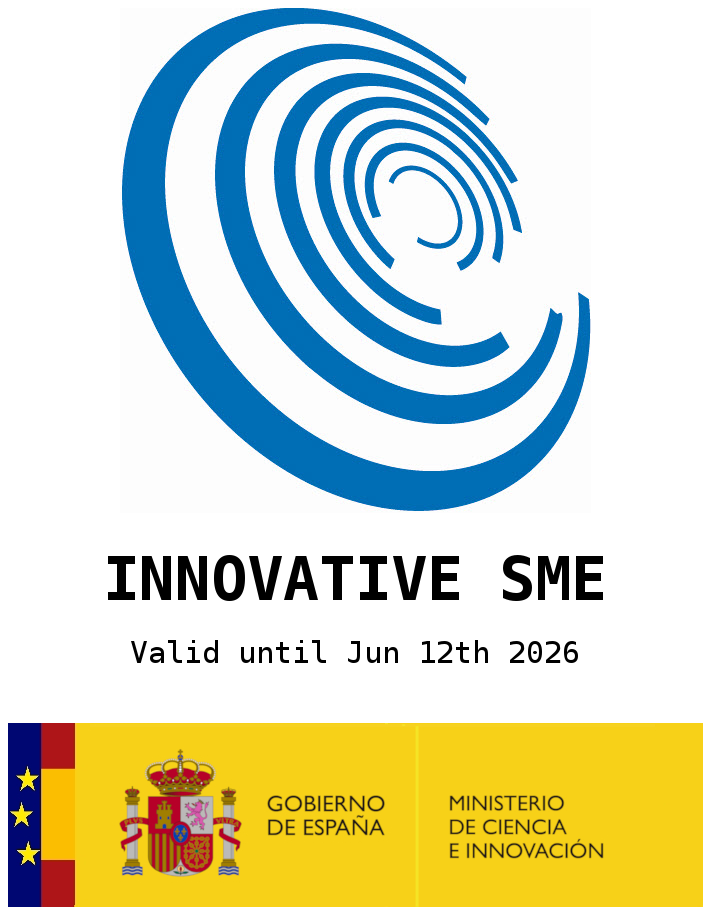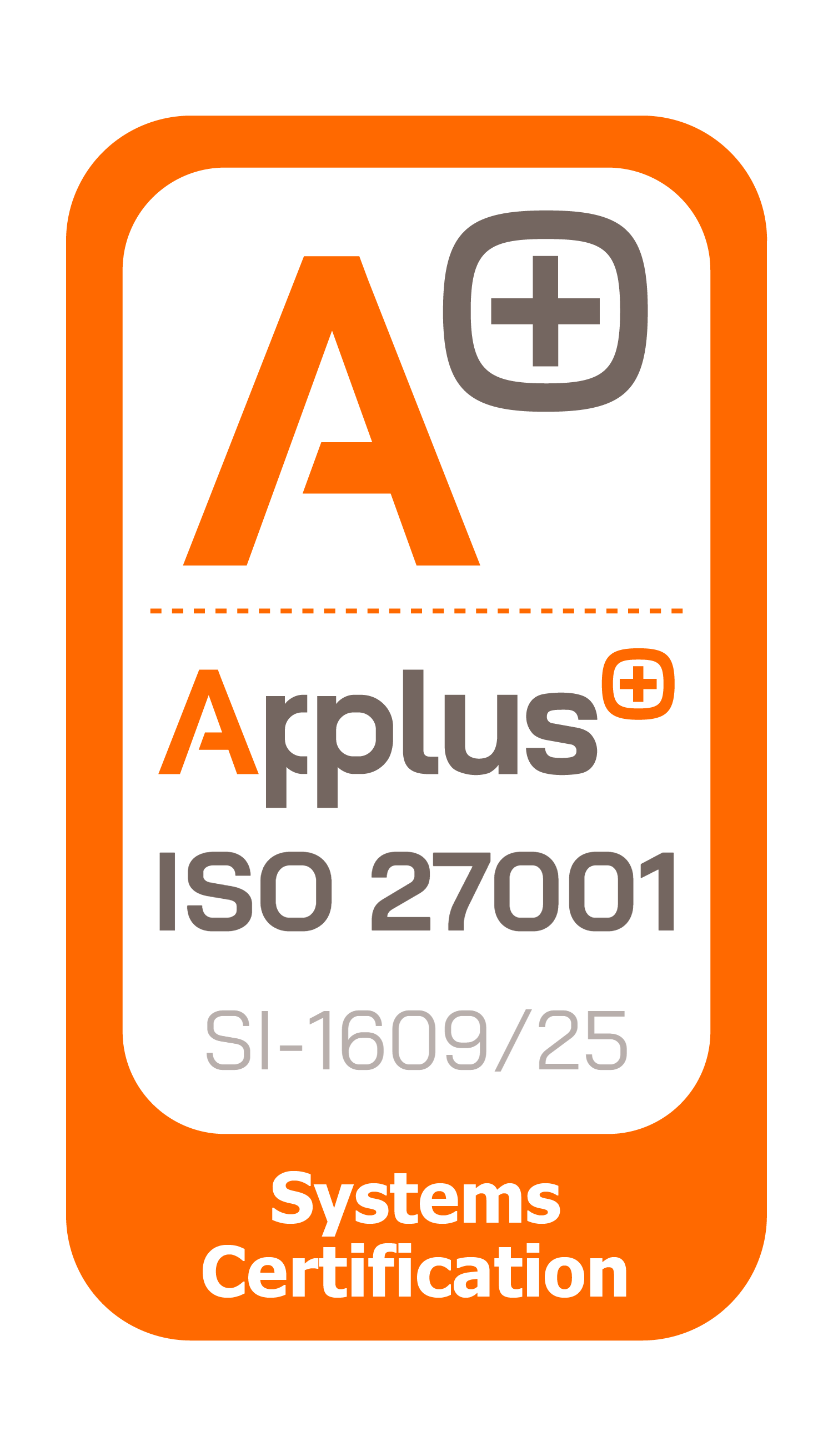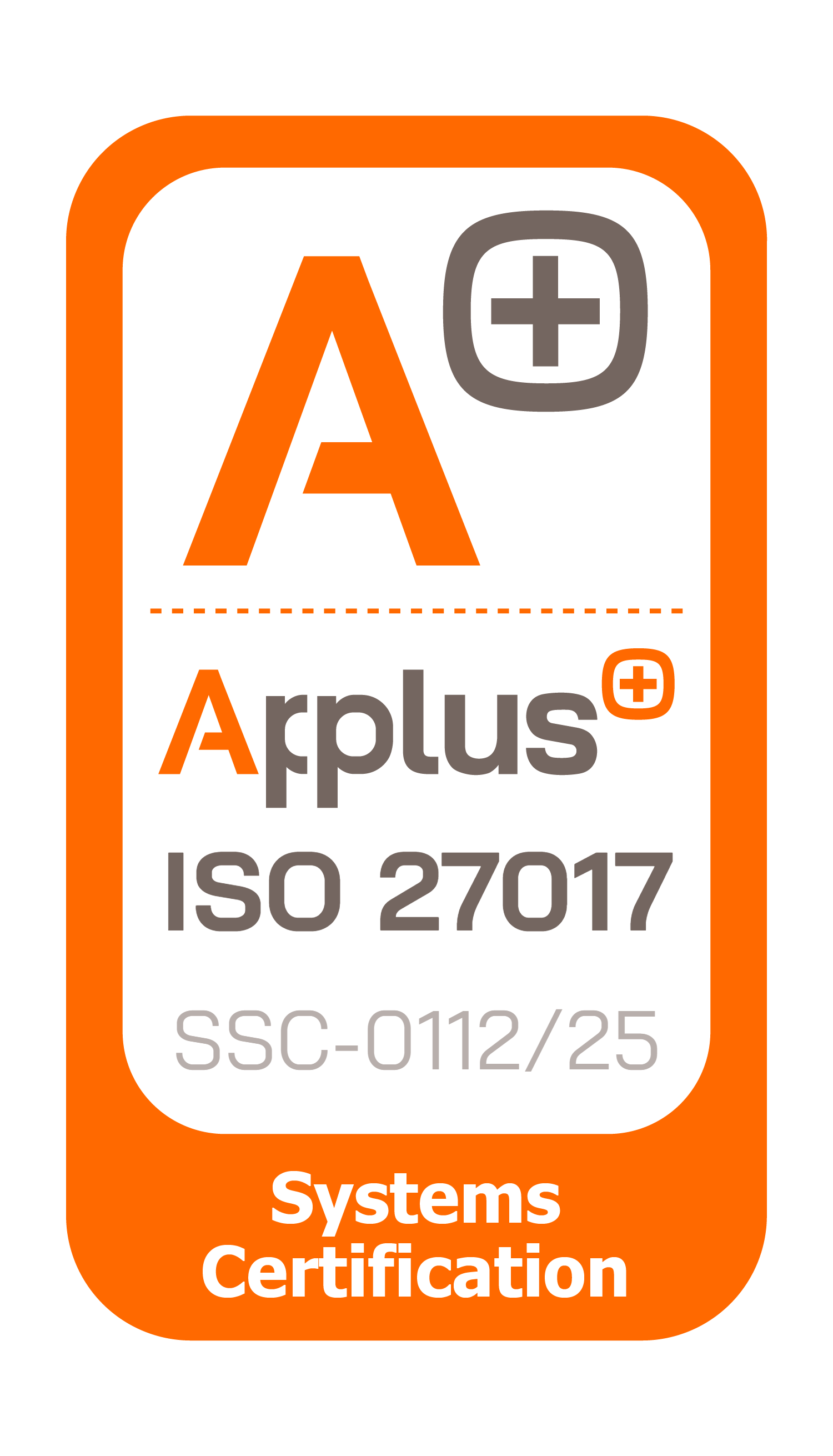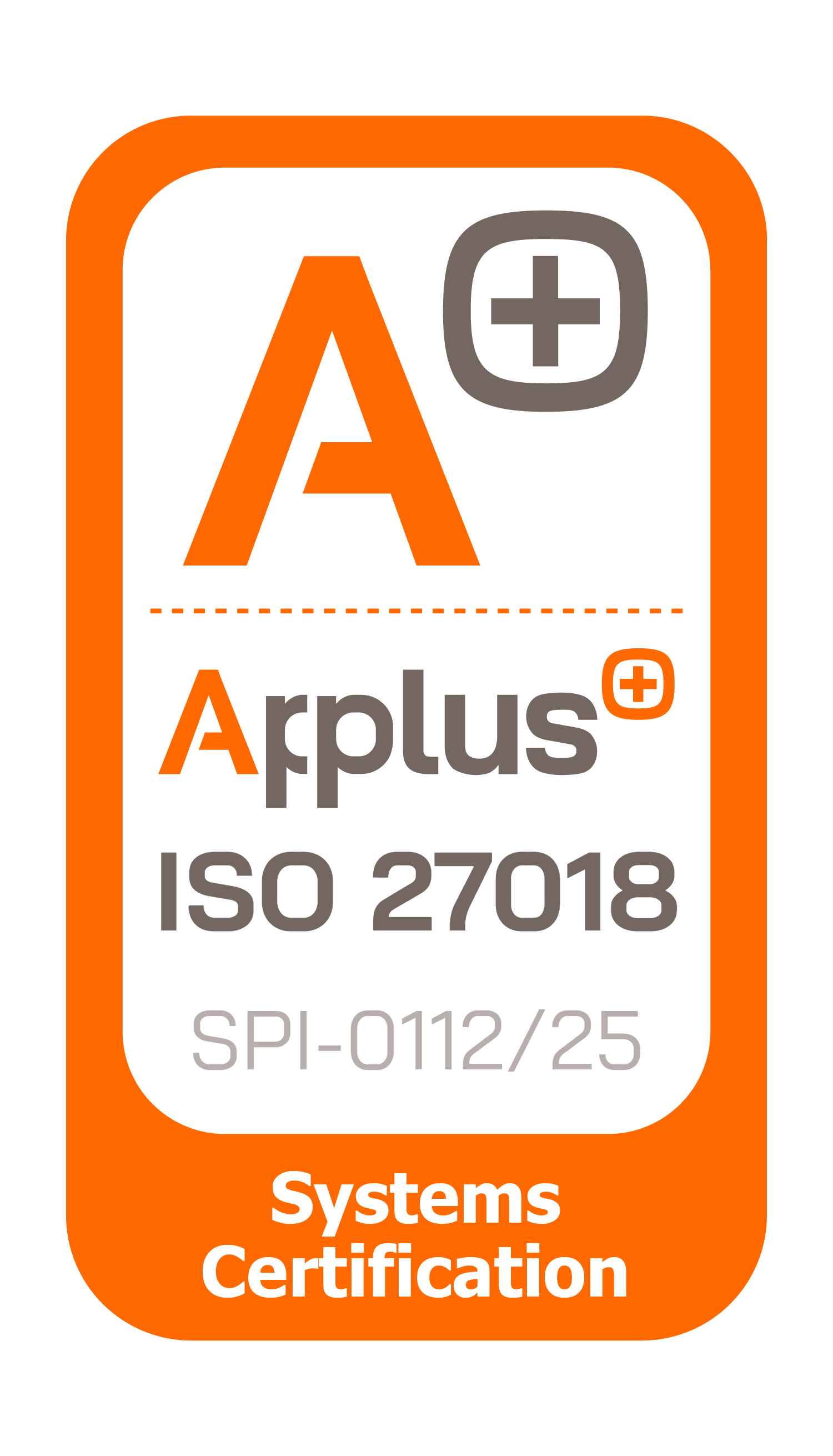What ChatGPT can do for customer service (and what it can't)
Since the launch of ChatGPT, we have been seeing exponential interest in multiple applications of its technology. Specifically, in the world of Customer Service, dominated in recent years by the need to manage customers’ interactions in the digital world and at the same time generate efficient customer service models. ChatGPT has obvious strengths that can certainly be applied. Quite evident.
Does this mean that ChatGPT is the holy grail of customer service? Can we connect our clients with ChatGPT and expect it to resolve their requests, problems, or complaints like our best call center agent would? No, it doesn’t go that far.
The key to great customer service lies in combining efficiently:
-
Understanding the customer's need.
-
Getting to know the context of the customer as a real-time use of the services.
-
Acquiring the specific know-how in solving their needs or problems.
What ChatGPT does…
As a language model based on artificial intelligence, ChatGPT has a great ability to understand and classify requests or inquiries in digital channels. Through natural language processing and machine learning, ChatGPT can interpret, understand and even produce a conversation with a customer. And so, it is also capable of classifying the customer’s intents or answers to a predetermined structure of categories.
Thanks to its ability to process large amounts of data and learn from it, ChatGPT can constantly improve its ability to understand and classify requests more accurately. This makes it a very useful tool to manage large volumes of requests or inquiries online, as it can automate the classification process and direct each request to the appropriate team for processing.
Of the three elements discussed above, ChatGPT is a powerful enabler of understanding the customer's natural language and classifying their requests or needs into pre-established categories. ChatGPT has revolutionized the level with which we can be able to interpret what the client declares in a digital channel, to classify it, within categories with already pre-established semantics.
For example, we can ask ChatGPT to evaluate whether the text that a customer of a service has entered in WhatsApp refers to a request for information, a commercial claim, or a technical problem with its services. What's more, ChatGPT will be able to further classify the request to identify whether it is a billing problem, service unavailability, or a product query.
What ChatGPT does NOT do…
However, ChatGPT does not access real-time data to contextualize the customers’ situation with respect to the services they pay for but instead offers generic answers that do not consider each customer’s situation. It does not connect in real-time to the provider's systems to identify the client, access the services they have contracted, or the situation of the infrastructure that supports the correct operation of their services, for example.
And it also does not have the possibility of solving the customer's need automatically, because it can not access the operating systems to do so.
Therefore, and going back to the three key points to have effective and efficient Customer Service, ChatGPT is an enormous help for the first point of understanding and semantic classification of the need, but it does not cover the other two. It neither contextualizes in real time the customer situation nor does it solve the need automatically and according to the provider’s knowledge or specialization.
In order to contextualize and be able to solve the customer's need in real-time, it is necessary a system that orchestrates the diagnosis of the need or problem and then is capable of proposing an effective resolution, accessing the knowledge database of the real problems (the root causes of those problems) and the best resolution associated with the said problem and -most importantly- personalized to the customer's real-time situation.
In summary…
ChatGPT (and surely other options that will emerge) constitutes a true revolution in the understanding, interpretation, and classification of the customer’s needs that will push the growth of digital channels to another level.
But having said that, the true potential for customer service will be achieved when connecting it to technologies that orchestrate the diagnosis discovery based on what the client wants and their current situation (their context within the services they receive), and also connect with the provider’s knowledge of personalized resolutions to their needs.
Stay tuned because there will be news in this area very soon…
Related posts
Automate Your Customer Service on WhatsApp with Schaman: A Practical Guide
Can you imagine your customer service team offering uninterrupted and always available service? In this article, we explain how [...]What data is needed for effective automation in Customer Service?
Schaman troubleshooting service provides real-time support to agents and customers during support interactions. To effectively serve [...]Stay tuned to receive new content
Schaman Customer Experience Spain, S.L. © 2025







